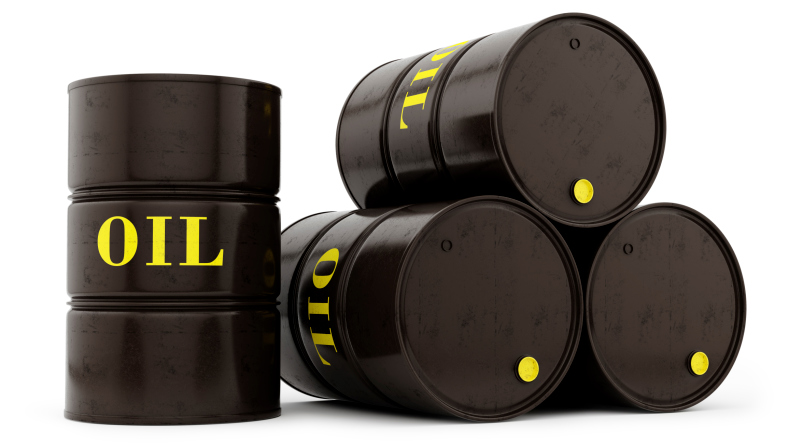
The American Petroleum Institute (API) reported Wednesday evening that crude supplies soared by 14.3 million barrels for the week ended February 13. Industry research firm Platts expected an increase of 3.1 million barrels. The API reported gasoline stockpiles rose 1.3 million barrels, while distillate supplies fell 2.7 million barrels.
The report sent West Texas Intermediate (WTI) crude oil for April delivery tumbling Wednesday night, and the carnage continues Thursday morning. WTI fell to a low of $50.43 very early Thursday morning, as traders await the inventory report from the U.S. Energy Information Administration scheduled for 11:00 a.m.
ALSO READ: January Crude Oil Production Rises in Bakken, Eagle Ford
We have noted in the past that cuts to the number of rigs working in the major U.S. shale oil plays is not expected to lower production at least for the first half of this year and probably longer. A number of technological advances in the past year or so make it possible for a single rig now to operate far more cost effectively, drilling longer laterals and multiple wells from a single pad, for example. Taking older, less efficient rigs out of service has little or no impact on production — in the near term.
Unless demand for crude — and ultimately refined products — picks up, storage tanks will continue to fill up and the price of crude will remain low. As time goes on, however, production should fall as rig counts drop and the more efficient rigs are taken out of service. But that day appears to be moving further into the future.
WTI for April delivery traded down more than 4% at around 8:00 a.m. ET Thursday morning at around $49.90 a barrel. Brent crude for April delivery traded down nearly 3% at $58.85 at about the same time.
ALSO READ: Could Oil Still Drop to $20 a Barrel?
Thank you for reading! Have some feedback for us?
Contact the 24/7 Wall St. editorial team.



